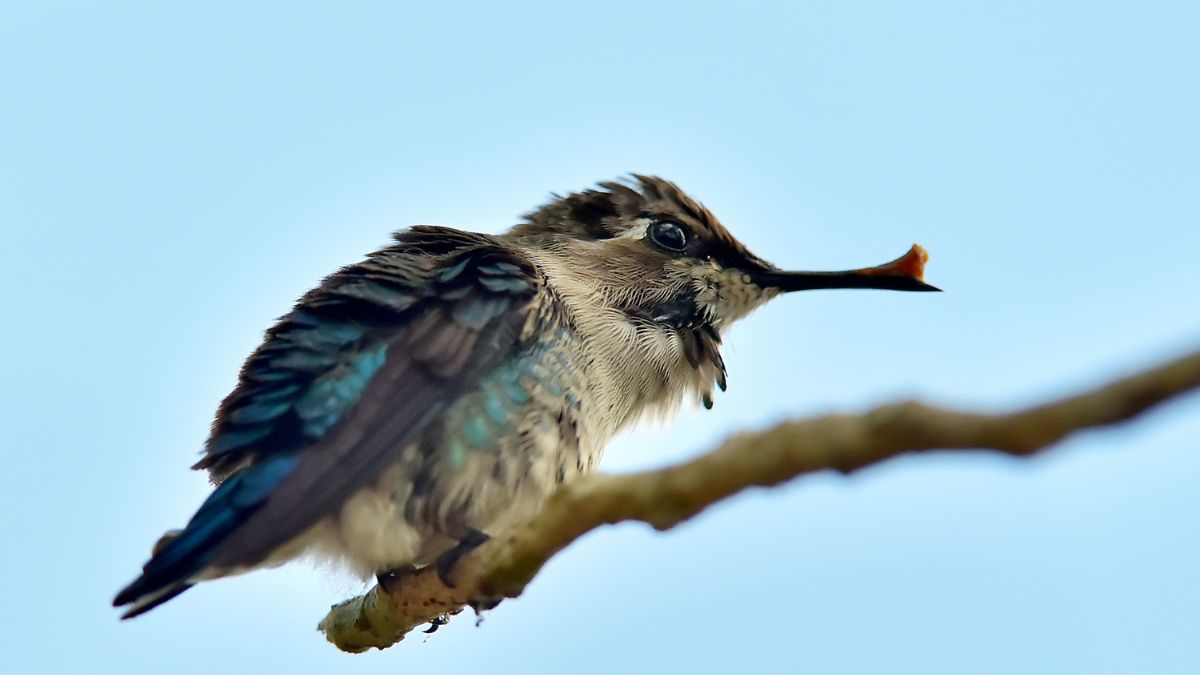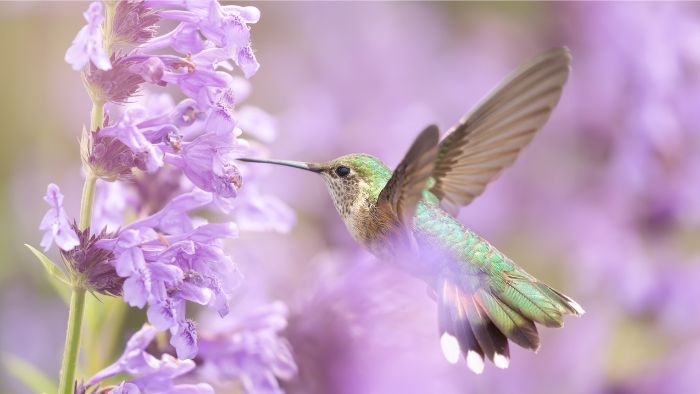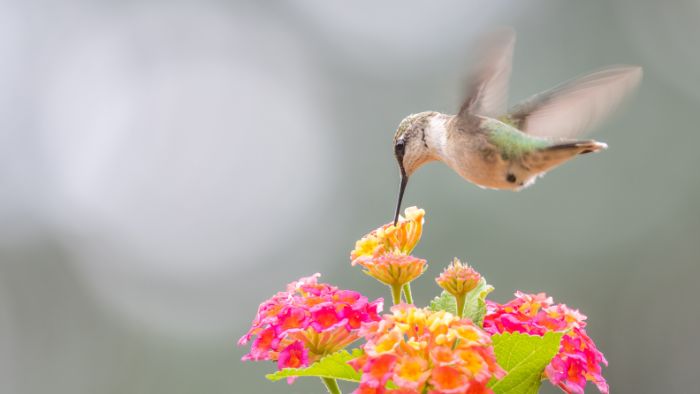Last Updated on August 3, 2022 by Guillermina
Do hummingbirds come back to the same place every year? Find out which method the scientists used to find the correct answer to this question.
Day by day as the weather gets warmer, the cities are getting fuller of birds. Among the thousands of different species, the smallest birds in the world, hummingbirds, certainly stand out. Truth be told, there is something so appealing in them. Whether the yard is large or small, once these birds start having fun, they can turn any garden into a real oasis.
What particularly interests us is: do hummingbirds come back to the same place every year? If you also want to learn more about this topic, keep reading this article and find out many interesting facts.
Do You Seem To See The Same Hummingbirds In Your Garden Year After Year?
First of all, if you see this bird in your garden at all we want to congratulate you because it looks like you are a real host! Most hummingbird enthusiasts, who simply enjoy watching these flying creatures, admitted that they seem to see the same team of hummingbirds in their backyard every summer.
How is that even possible? Do hummingbirds come back to the same place every year? Find out below.
Do Hummingbirds Come Back To The Same Place Every Year?
According to the results of many studies, experts have confirmed that a large proportion of hummingbirds (not all of them) do indeed return to the same bird feeders, gardens, and yards each year. Moreover, in addition to returning to the same place, they also arrive at the same time every year. You know how they say: you can set your clock by them.
These birds remember the places where they felt safest and where food was plentiful. How did we even get this information? The arrival of new knowledge was made possible by various researches, more precisely “banding” programs.
According to data collected from bird banding programs, it was determined that these birds return to the same feeders on the same day, year after year and that males claim the same territory immediately upon arrival. We must note that females use the same trees for nesting and, in some cases, reuse their old nests. Amazing isn’t it?
Now that you’ve learned the answer to the question, “do hummingbirds come back to the same place every year,” let us explain to you which method they used to get accurate data.
How Does Hummingbird Banding Work?
It is a program that requires a special type of training after which the candidate obtains a permit from the Bird Banding Laboratory. On the contrary, you are threatened with imprisonment. Furthermore, it is a method of tracking and identifying birds by attaching a small, annular strip of plastic or metal to the bird’s foot. All the data collected help ornithologists study the migration routes of birds, life expectancy as well as nesting habits.
Selected candidates must learn about each hummingbird species that visit a specific location, as well as differentiate their sex.
Learn more about the program with one simple click here.
The Most Likely Explanations For This Practice
Keep reading and find out what the scientists were able to determine about their return to the old place, year after year.
- Hummingbirds respond to the hours of sunlight during specific times of the year, which awakens hormones in their body and encourages them to migrate. This incredible ability to utilize the sun can also mean they use its position as a compass.
- These birds have incredible recollection skills to pinpoint previous landmarks. Accordingly, coasts, mountains, rivers, and even highways are used for this purpose.
- Hummingbirds have a pretty good sense of smell and hearing, and with the help of these two basic senses, they can return to the same place year after year.
The above points confirm the answer to the question: “do hummingbirds return to the same place every year”. However, if they don’t feel safe around you, there’s no way the same hummingbirds will ever come back.
To Conclude: Do Hummingbirds Come Back To The Same Place Every Year?
Can you remember one of the first questions we asked in this article? Well, if you can’t, one thing is for sure, you don’t have as good a memory as hummingbirds.
These birds have an amazing memory and ability to return to exactly the same place they spent last summer, of course, if they felt safe. Can you even imagine how much talent that is? Truth be told, a good portion of us have to use GPS just to arrive on time at all.
That would be it, now you know the right answer to the question: “do hummingbirds return to the same place every year”.
If you have any questions, please let us know in the section below.
FAQ’s
How Do Hummingbirds Know To Come Back To The Same Place Every Year?
It is very simple, hummingbirds return thanks to their inner instincts, as well as their senses. For example, they can use coasts, mountains, rivers, and even highways as guides to return. In addition, they use the Earth’s magnetic field as well as the sun as a compass so that they could stay on course.
Do Hummingbirds Return To The Same Nest?
Unbelievable, but hummingbird females can return to the same nest they built last year. In addition, it is worth mentioning that males claim the same territory immediately upon arrival.
Do Hummingbirds Stay In Pairs?
No, hummingbirds don’t stay in pairs after mating, everyone goes their own way. These birds simply prefer to be alone. Even when migrating thousands of miles, each hummingbird flies independently, they don’t form any kind of a group.
What Triggers Hummingbird Migration?
One of the most important drivers that encourage hummingbirds to migrate is a change in the level and angle of sunlight. Changes in sunlight affect the secretion of certain hormones that tell these birds it’s time to leave. The second trigger is the reduction of food sources.



